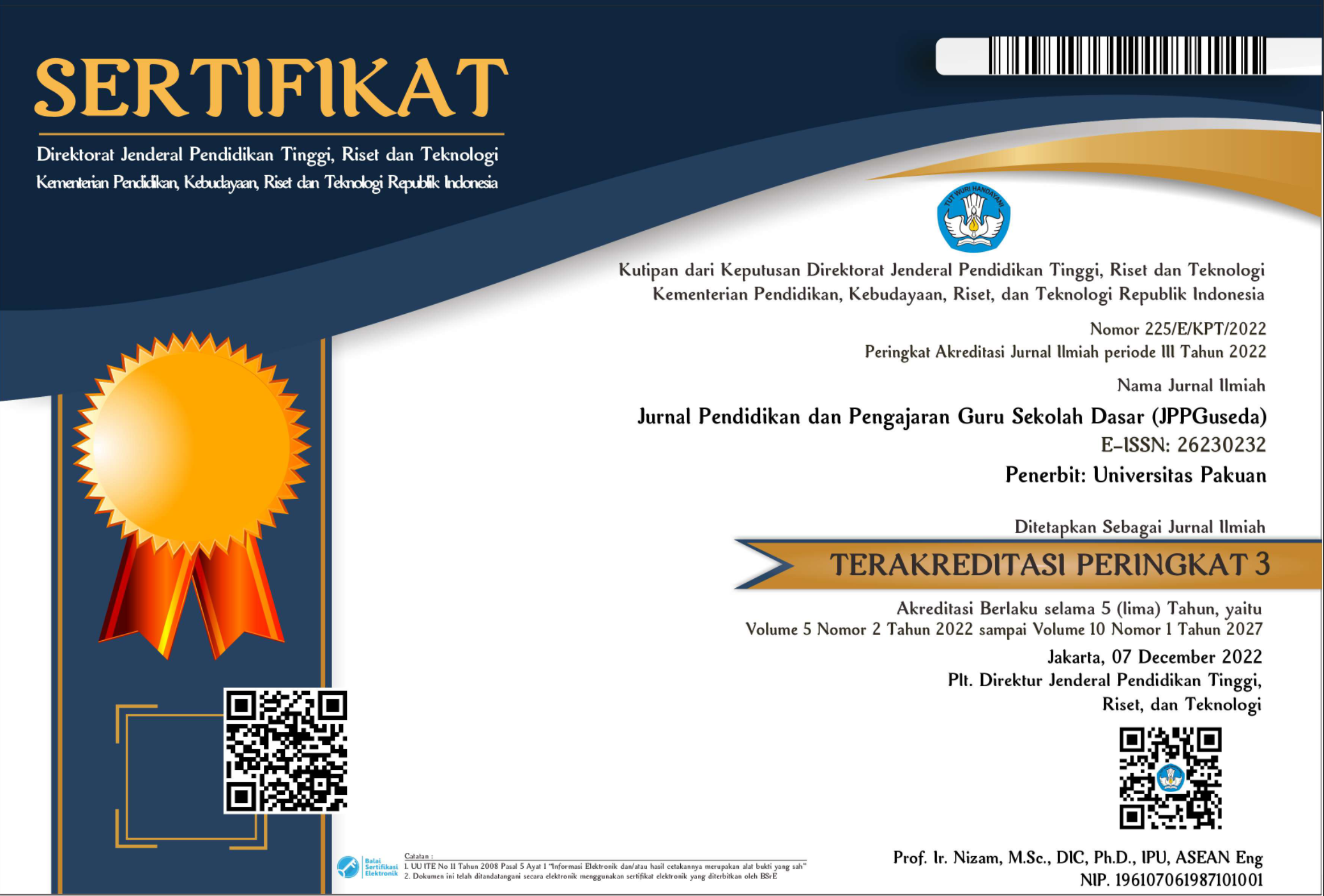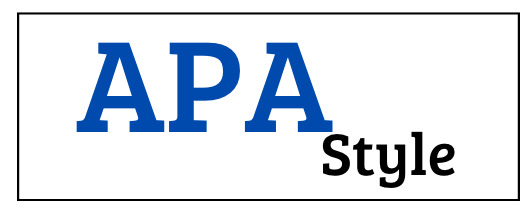FEASIBILITY TEST OF 21ST CENTURY CLASSROOM MANAGEMENT THROUGH DEVELOPMENT INNOVATION CONFIGURATION MAP
Abstract
Keywords
References
Rosen, L. D. (2011). Teaching the igeneration. Educational Leadership, 68(5), 10-15.
McCain, T. (2015). Teaching for tomorrow: Teaching content and problem-solving skills.
Thousand Oaks, CA: Corwin Press.
Larson, L. C., & Miller, T. (2011). 21st century skills: Prepare students for the future. Kappa Delta Pi Record, 47, 121-123.
Lacinski, T. (2018). A case study investigation of student perceptions of learning in a rede- signed research university classroom environment (Doctoral dissertation). Retrieved from ProQuest Theses and Dissertations database. (AAT 3335273)
Trigwell, K., & Ashwin, P. (2016). An exploratory study of situated conceptions of learning and learning environments. Higher Education, 51, 243-258. doi:10.1007/s10734-004-6387-4
Prensky, M. (2012). Digital natives, digital immigrants part 1. On the Horizon, 9(5), 1-6. doi:10.1108/10748120110424816
Schaber, P., Wilcox, K. J., Whiteside, A., Marsh, L., & Brooks, D. (2013). Designing learning environments to foster affective learning: Comparison of classroom to blended learning. International Journal for the Scholarship of Teaching & Learning, 4(2), 1-18.
Tingen, J., Philbeck, L., & Holcomb, L. B. (2015). Developing classroom web sites for 21st century learning. Kappa Delta Pi Record, 47, 88-90.
Kumar, S., & Vigil, K. (2011). The net generation as preservice teachers: Transferring famil- iarity with new technologies to educational environments. Journal of Digital Learning in Teacher Education, 27, 144-153.
De Luca, C. R., Wood, S. J., Anderson, V., Buchanan, J., Proffitt, T. M., Mahony, K., & Pantelis, C. (2013). Normative data from the Cantab. I: Development of executive function over the lifespan. Journal of Clinical and Experimental Neuropsychology, 25, 242-254. doi:10.1076/jcen.25.2.242.13639
Anderson, P. (2012). Assessment and development of executive function (EF) during child- hood. Child Neuropsychology, 8, 71-82. doi:10.1076/chin.8.2.71.8724
Considine, D., Horton, J., & Moorman, G. (2019). Teaching and reaching the millennial genera- tion through media literacy. Journal of Adolescent & Adult Literacy, 52, 471-481.
Cresswell, J. W., & Plano Clark, V. L. (2011). Designing and conducting mixed methods research. Thousand Oaks, CA: Sage.
Davis, N., Eickelmann, B., & Zaka, P. (2013). Restructuring of educational systems in the digital age from a co-evolutionary perspective. Journal of Computer Assisted Learning, 29, 438-450. doi:10.1111/jcal.12032
Divoll, K. (2014). Creating classroom relationships that allow students to feel known (Doctoral dissertation). Retrieved from http://scholarworks.umass.edu/cgi/viewcontent. cgi?article=1273&context=open_access_dissertations
Gunn, T. M., & Hollingsworth, M. (2015). Preparing students, teachers, and administrators for the knowledge age through district and school based initiatives. International Journal of Learning, 17(5), 1-10.
Istance, D. (2017). A new international OECD project on learning: Innovative learning envi- ronments.†International Journal of Learning, 16(12), 479-485.
Larson, L., Miller, T., & Ribble, M. (2012). 5 considerations for digital age leaders: What prin- cipals and district administrators need to know about tech integration today. Learning & Leading With Technology, 37(4), 12-15.
Schaber, P., Wilcox, K. J., Whiteside, A., Marsh, L., & Brooks, D. (2017). Designing learning environments to foster affective learning: Comparison of classroom to blended learning. International Journal for the Scholarship of Teaching & Learning, 4(2), 1-18.
Syh-Jong, J. (2011). Assessing college students perceptions of a case teachers pedagogical content knowledge using a newly developed instrument. Higher Education, 61, 663-678. doi:10.1007/s10734-010-9355-1
DOI: 10.55215/jppguseda.v5i3.6510
 Abstract views : 445
Abstract views : 445
Refbacks
- There are currently no refbacks.
Copyright (c) 2022 Jurnal Pendidikan dan Pengajaran Guru Sekolah Dasar (JPPGuseda)

This work is licensed under a Creative Commons Attribution-NonCommercial 4.0 International License.




















